Dogs are undoubtedly one of nature’s success stories, and that is largely thanks to their close association with man. It seems that their early history is intertwined with ours, and they have remained our constant companions ever since.
But, unlike say cats, we have sought to mold dogs and adapt them for many different uses. Centuries of careful breeding starting with the wolf has led to a dazzling variety of breeds, some of which bear absolutely no resemblance to their lupine ancestors.
Many dogs look like they do for reasons long since gone, designed for a purpose they are no longer required to fulfil. Where do these dogs come from, why do they look like they do, and what role did they have to play in history?
1. Dalmatian
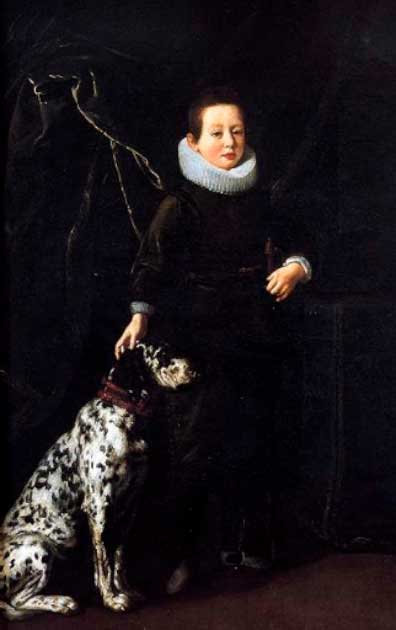
2. Affenpinscher
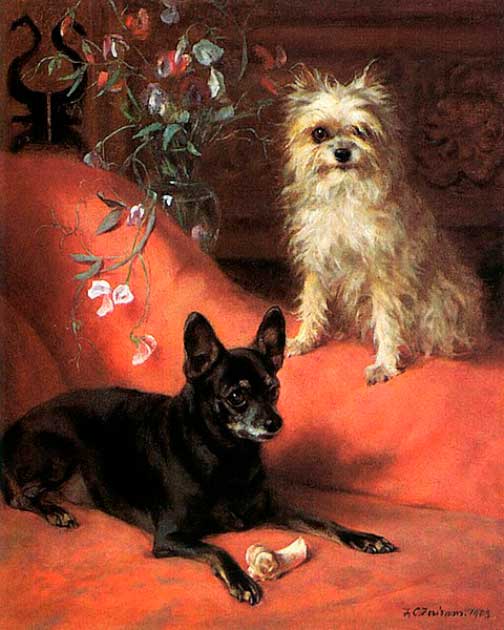
3. King Charles Spaniel
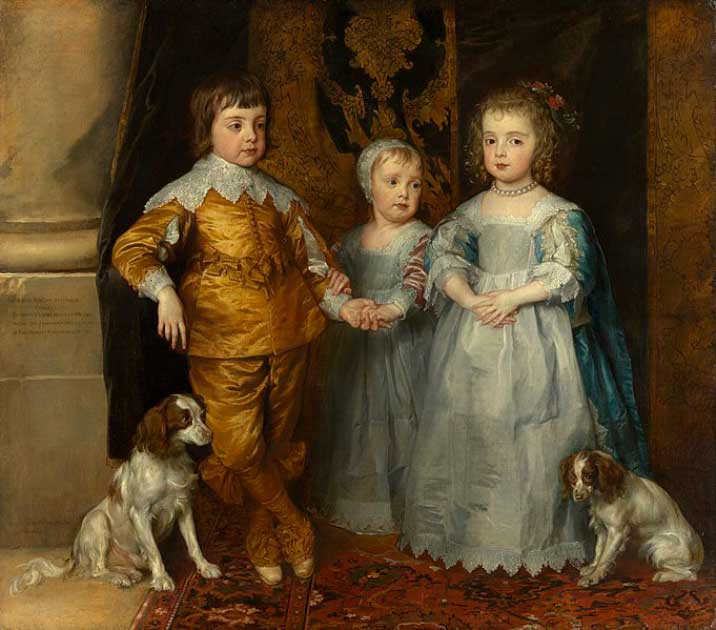
4. Pug

5. Irish Wolfhound
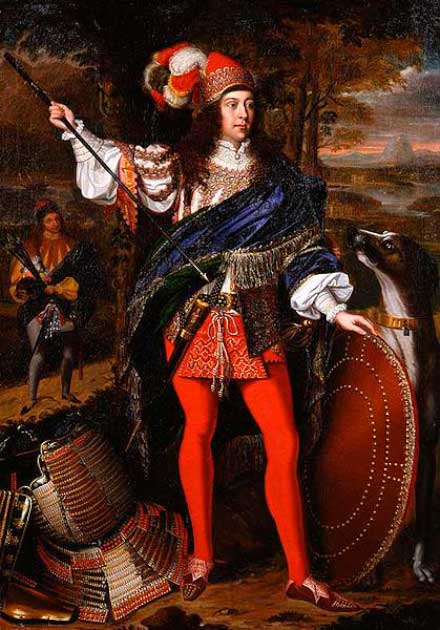
6. St Bernard
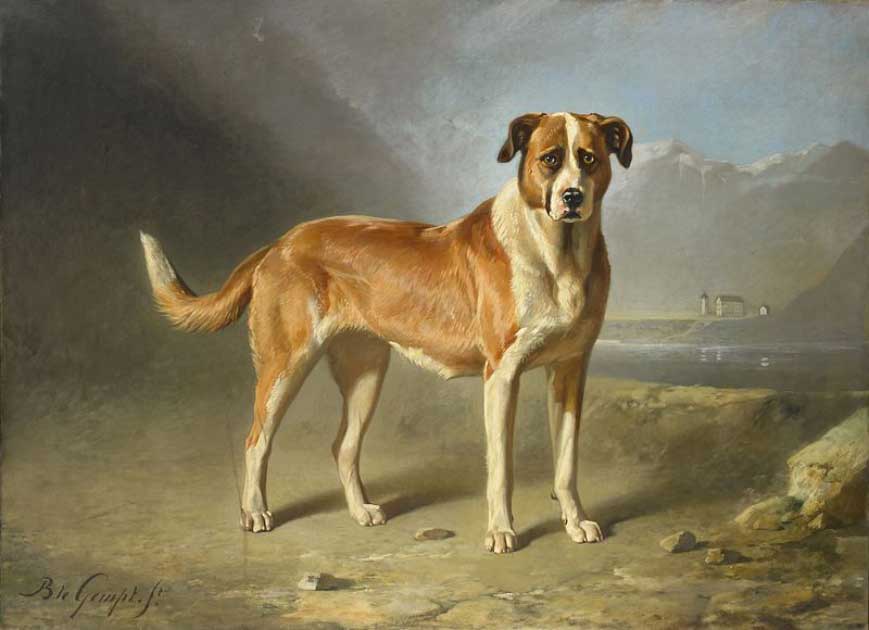
7. Pekingese

8. Pomeranian

9. Peruvian Hairless Dog

10. Tesem
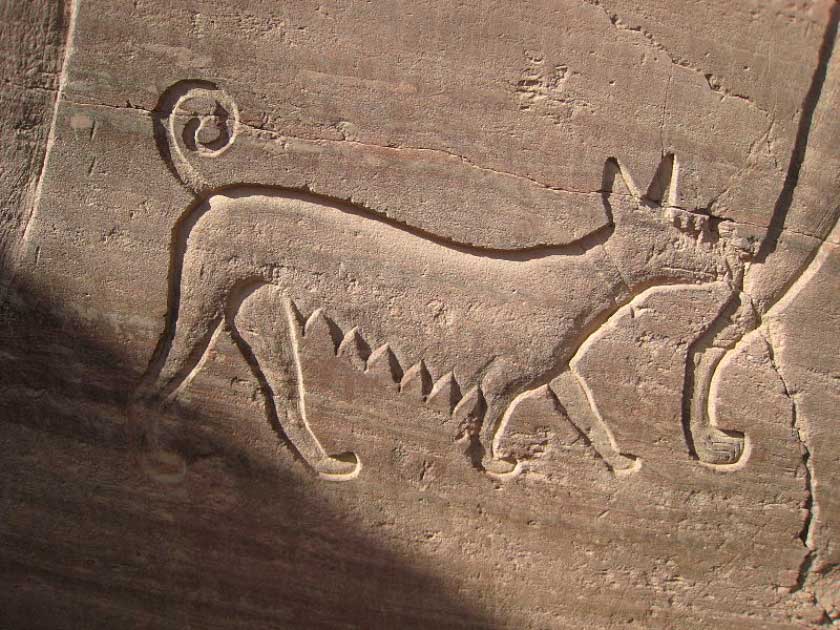
Top Image: An 18th century pug: very different from a modern day example, very different from a wolf, too. Source: Henry Bernard Chalon / Public Domain.
By Joseph Green